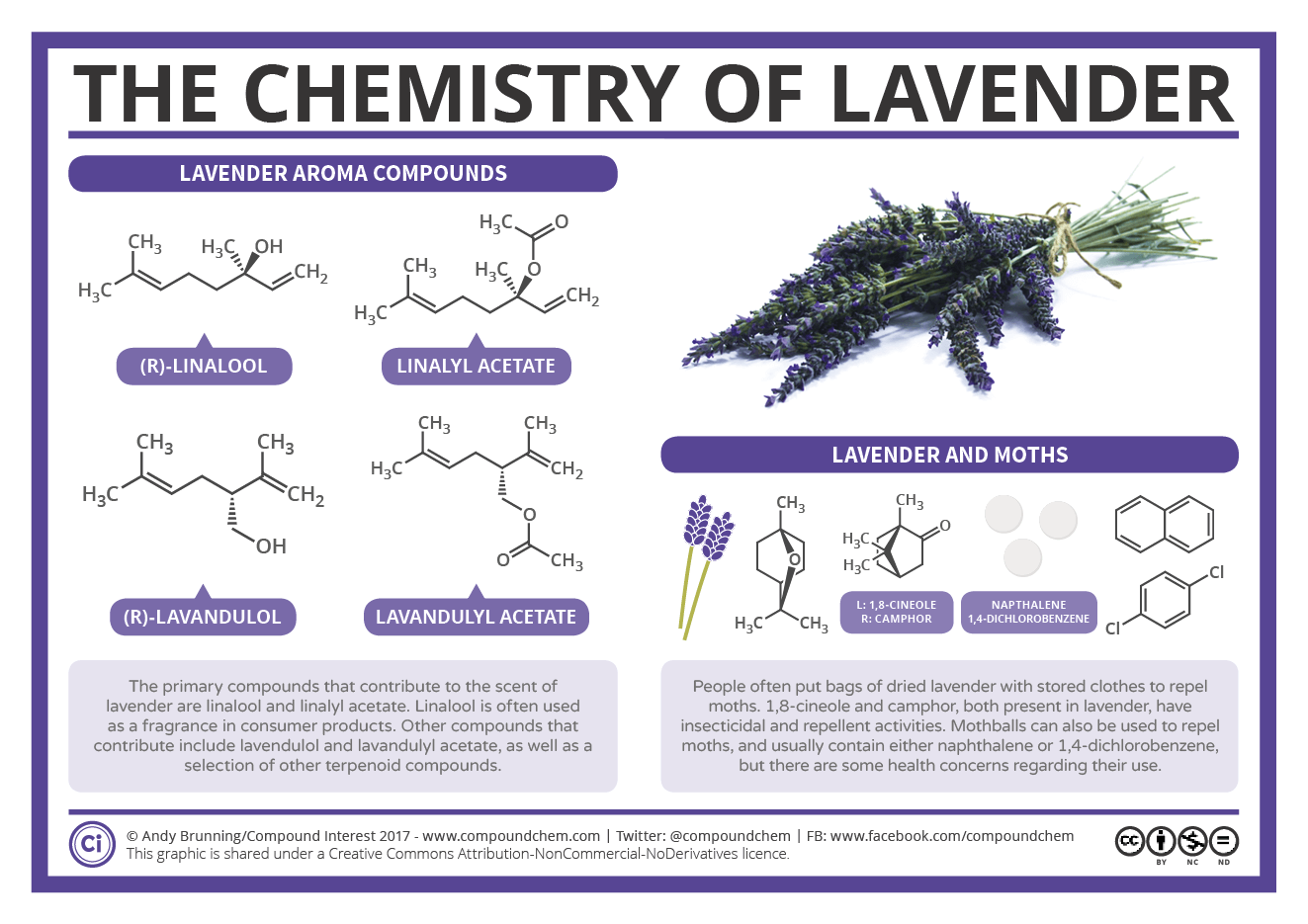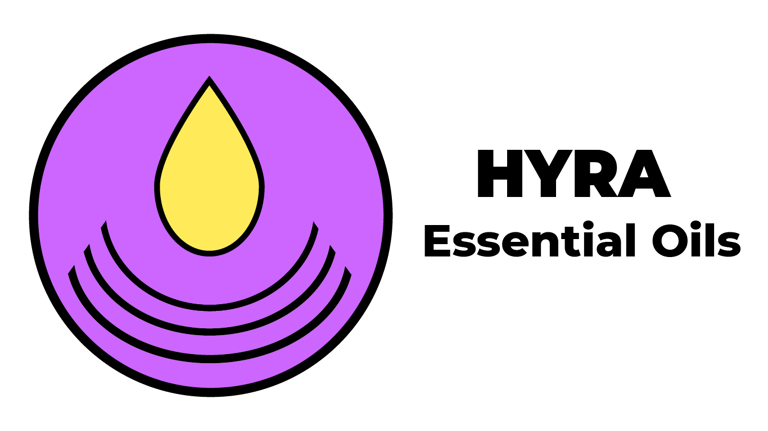
Lavender Essential Oil & Water for Skincare: Benefits, Uses, and Science-Backed Properties
Discover the science-backed skincare benefits of lavender essential oil! From ancient Roman beauty rituals to modern cosmetics, learn how this powerful botanical ingredient fights bacteria, reduces inflammation, and protects against aging.
5 min read
Table of Contents:
1. Lavender Through the Ages: From Ancient Remedy to Modern Skincare
2. Lavender Botanical Profile and Chemical Composition
3. Proven Skincare Benefits of Lavender Essential Oil
4. How to Use Lavender in Your Skincare Products
5. Is Lavender Oil Safe for Skin? Important Safety Guidelines
6. Why Lavender Oil Deserves a Place in Your Skincare Products
Essential oils have gained significant prominence in modern skincare formulations due to their complex array of active compounds, distinctive aromatic properties, and alignment with natural cosmetic marketing trends. Among these botanical extracts, lavender essential oil stands out as a particularly valuable ingredient, supported by both extensive historical use and contemporary scientific validation.


Early cover of "De Materia Medica" by Dioscorides
Lavender Through the Ages: From Ancient Remedy to Modern Skincare
The therapeutic applications of lavender can be traced to antiquity, with documented use dating back to the first century AD. Dioscorides, a Greek botanist and physician, documented lavender's effectiveness in treating indigestion and headaches in his comprehensive work "De Materia Medica," a five-volume collection that catalogued medicinal plants of the era. The plant's Latin name reflects its Roman heritage, derived from "lava" meaning "to wash," as the Romans incorporated lavender into their bathing rituals, recognizing both its relaxing and antiseptic properties.
Lavender Botanical Profile and Chemical Composition
Lavender (Lavandula angustifolia) is an evergreen herbaceous plant native to the Mediterranean region, Europe, Africa, the Middle East, southwest Asia, and southeast India. With over 30 species and numerous subspecies, lavender cultivation has expanded globally, with significant commercial production in Bulgaria, France, Spain, and Italy.
Lavender essential oil represents the most commercially important product in the lavender market. The oil contains a complex matrix of more than 100 compounds, with linalool and linalyl acetate serving as the predominant constituents responsible for the oil's therapeutic efficacy. Beyond essential oil components, lavender also contains phytosterols, minerals, valeric acid, anthocyanins, sugars, glycolic acid, coumaric acid, ursolic acid, coumarin, herniarin, and tannins, all contributing to its nutritional and therapeutic potential.


Photo Credit: Compound Interest
Linalool and linalyl acetate are the primary active constituents of lavender essential oil, contributing significantly to its therapeutic and cosmetic properties. Linalool is a naturally occurring terpene alcohol known for its antimicrobial, anti-inflammatory, and calming effects. It plays a central role in lavender’s soothing aroma and its ability to reduce skin irritation. Linalyl acetate, an ester of linalool, enhances the oil’s anti-inflammatory and sedative qualities, making it particularly beneficial in formulations aimed at stress relief, skin sensitivity, and inflammation control. Together, these compounds not only define lavender oil’s characteristic scent but also underpin its multifunctional applications in modern cosmeceuticals.
The quantification and quality of bioactive compounds in lavender oil can be significantly influenced by various factors, including plant material selection, extraction methodology, soil composition, and climatic conditions. Consequently, extensive research has been conducted at multiple scales to characterize and standardize lavender oil production.
Proven Skincare Benefits of Lavender Essential Oil
Modern research has confirmed lavender essential oil's broad-spectrum antimicrobial properties against pathogenic bacterial strains. The antimicrobial mechanism involves disruption of cell membrane permeability barriers and loss of chemiosmotic control, resulting in bacterial cell death.
This antimicrobial efficacy makes lavender oil particularly valuable in cosmetic formulations, where it serves dual functions as both an active ingredient and a natural preservative system. The oil provides protection against bacteria and fungi, thereby enhancing product stability while reducing reliance on synthetic preservative agents.
🟣Natural Antibacterial Properties for Clearer Skin
🟣Anti-Inflammatory Benefits for Sensitive Skin
Lavandula angustifolia essential oil and its major components, linalool and linalyl acetate, have demonstrated significant anti-inflammatory properties in scientific studies. Research investigating various constituents including α-terpinene, terpin-4-ol, α-terpineol, linalyl acetate, and linalool has concluded that these compounds present in lavender essential oil exhibit both direct and indirect anti-inflammatory and antinociceptive activities.
These anti-inflammatory properties make lavender oil particularly suitable for cosmeceutical applications targeting sensitive or reactive skin conditions, where reduction of inflammatory responses is desired.
🟣Antioxidant Benefits of Lavender in Anti-Aging Formulations
Lavender essential oil exhibits notable antioxidant properties, contributing to its utility in anti-aging and protective skincare formulations. The oil's antioxidant activity, combined with its antimicrobial properties, positions it as a valuable ingredient for addressing oxidative stress and environmental damage to skin tissue.
How to Use Lavender in Your Skincare Products
The integration of lavender essential oil into contemporary cosmetic formulations extends beyond traditional aromatherapeutic applications. The oil contributes to multiple cosmetic benefits including anti-acne properties, anti-aging effects, skin lightening capabilities, and sun protection enhancement. These diverse applications render lavender oil highly valuable in cosmeceutical product development.
Essential oils, including lavender, serve as natural preservative agents in cosmetic preparations, providing protection against microbial contamination while simultaneously enhancing the dermato-cosmetic properties of the final product. This dual functionality allows formulators to achieve both product preservation and therapeutic enhancement through a single natural ingredient.
Is Lavender Oil Safe for Skin? Important Safety Guidelines
Lavender essential oil is traditionally regarded as a safe topical agent, with contact dermatitis occurring at very low frequencies. Despite the apparent safety profile for topical application, oral administration of lavender essential oil is not recommended due to potential safety concerns.
Why Lavender Oil Deserves a Place in Your Skincare Products
Lavender essential oil represents a scientifically validated ingredient with substantial historical precedent in cosmetic and therapeutic applications. Its complex chemical composition, demonstrated antimicrobial and anti-inflammatory properties, and multifunctional capabilities in cosmetic formulations position it as a valuable component in modern skincare products. The convergence of traditional knowledge and contemporary scientific research continues to support lavender oil's role in advancing natural cosmetic formulations and addressing diverse skin care needs.
At Hyra, we offer premium-grade organic lavender essential oil and floral water, sourced from Bulgaria's renowned lavender regions. Our high-quality ingredients are ideal for elevating skincare product lines with effective, natural, and trusted botanical actives.
References:
Cavanagh, H. M., & Wilkinson, J. M. (2005). Lavender essential oil: a review. Australian infection control, 10(1), 35-37.
Samuelson, R., Lobl, M., Higgins, S., Clarey, D., & Wysong, A. (2020). The effects of lavender essential oil on wound healing: A review of the current evidence. The Journal of Alternative and Complementary Medicine, 26(8), 680-690.
Baser, K. H. C., & Buchbauer, G. (2009). Handbook of essential oils: science, technology, and applications. CRC press.
Cardia, G. F. E., de Souza Silva-Comar, F. M., da Rocha, E. M. T., Silva-Filho, S. E., Zagotto, M., Uchida, N. S., ... & Cuman, R. K. N. (2021). Pharmacological, medicinal and toxicological properties of lavender essential oil: A review. Research, Society and Development, 10(5), e23310514933-e23310514933.
Peana, A. T., D'Aquila, P. S., Panin, F., Serra, G., Pippia, P., & Moretti, M. D. L. (2002). Anti-inflammatory activity of linalool and linalyl acetate constituents of essential oils. Phytomedicine, 9(8), 721-726.
Saeed, F., Afzaal, M., Raza, M. A., Rasheed, A., Hussain, M., Nayik, G. A., & Ansari, M. J. (2023). Lavender essential oil: Nutritional, compositional, and therapeutic insights. In Essential Oils (pp. 85-101). Academic Press.
Sharmeen, J. B., Mahomoodally, F. M., Zengin, G., & Maggi, F. (2021). Essential oils as natural sources of fragrance compounds for cosmetics and cosmeceuticals. Molecules, 26(3), 666.


